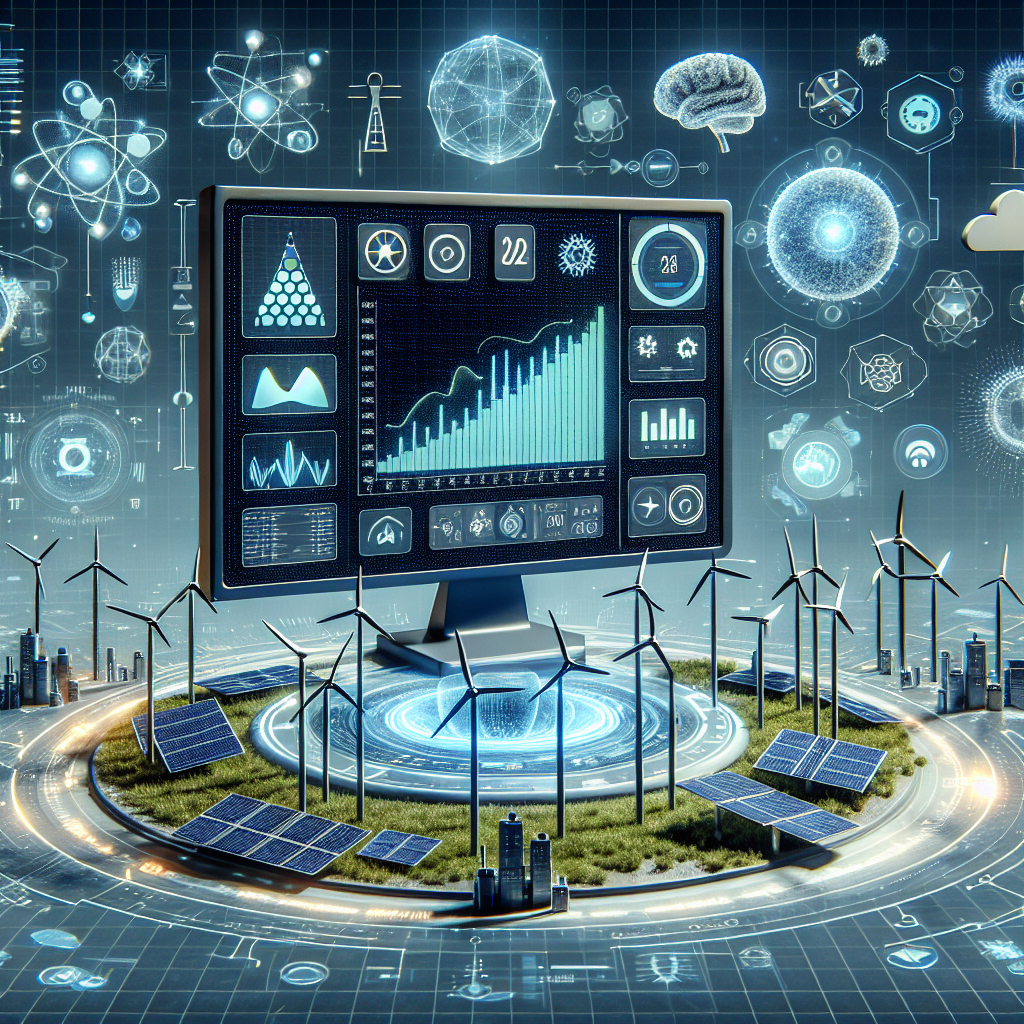In recent years, the demand for renewable energy sources has been on the rise as society becomes increasingly aware of the negative impacts of traditional fossil fuels on the environment. However, one of the biggest challenges facing the widespread adoption of renewable energy sources is their inherent variability. Unlike fossil fuels, which can be burned consistently to produce a steady stream of energy, renewable sources such as solar and wind power are dependent on weather conditions and other external factors.
To address this challenge, researchers and engineers have been developing AI-powered solutions that can predict renewable energy variability with greater accuracy. These solutions leverage machine learning algorithms and data analytics to analyze a wide range of data sources and make predictions about future energy production. By accurately predicting renewable energy variability, these AI-powered solutions can help grid operators and energy producers better manage their resources and ensure a reliable supply of clean energy.
One of the key benefits of AI-powered solutions for predicting renewable energy variability is their ability to incorporate a wide range of data sources into their predictive models. These data sources can include weather forecasts, historical energy production data, grid demand data, and even satellite imagery. By analyzing these diverse data sources, AI-powered solutions can identify patterns and trends that human operators may not be able to detect on their own.
In addition to improving the accuracy of renewable energy predictions, AI-powered solutions can also help energy producers optimize their operations and maximize energy production. For example, AI algorithms can be used to adjust the output of wind turbines or solar panels in real-time based on changing weather conditions. This can help energy producers capture more energy when conditions are favorable and reduce production when conditions are less ideal.
Furthermore, AI-powered solutions can also help grid operators better manage the integration of renewable energy sources into the existing grid infrastructure. By accurately predicting energy production from renewable sources, grid operators can make more informed decisions about how to balance supply and demand on the grid. This can help prevent blackouts and other disruptions that can occur when there is a mismatch between energy production and demand.
Overall, AI-powered solutions for predicting renewable energy variability have the potential to revolutionize the energy industry and accelerate the transition to a more sustainable energy system. By harnessing the power of AI and data analytics, energy producers and grid operators can better manage the challenges of renewable energy variability and ensure a reliable and consistent supply of clean energy.
FAQs:
Q: How accurate are AI-powered solutions for predicting renewable energy variability?
A: AI-powered solutions for predicting renewable energy variability can achieve high levels of accuracy, especially when they are trained on large datasets and incorporate a wide range of data sources. However, the accuracy of these solutions can vary depending on the specific application and the quality of the data being used.
Q: How are AI-powered solutions different from traditional forecasting methods?
A: Traditional forecasting methods for renewable energy variability often rely on simple statistical models and historical data. In contrast, AI-powered solutions leverage more advanced machine learning algorithms and data analytics techniques to analyze complex data sources and make more accurate predictions.
Q: How can AI-powered solutions help energy producers optimize their operations?
A: AI-powered solutions can help energy producers optimize their operations by adjusting the output of renewable energy sources in real-time based on changing weather conditions. This can help maximize energy production and improve the overall efficiency of renewable energy systems.
Q: What are some of the challenges facing the widespread adoption of AI-powered solutions for predicting renewable energy variability?
A: Some of the challenges facing the widespread adoption of AI-powered solutions for predicting renewable energy variability include the high cost of implementing these solutions, the need for specialized expertise to develop and deploy them, and concerns about data privacy and security. However, as the technology continues to mature, these challenges are likely to become less significant.

